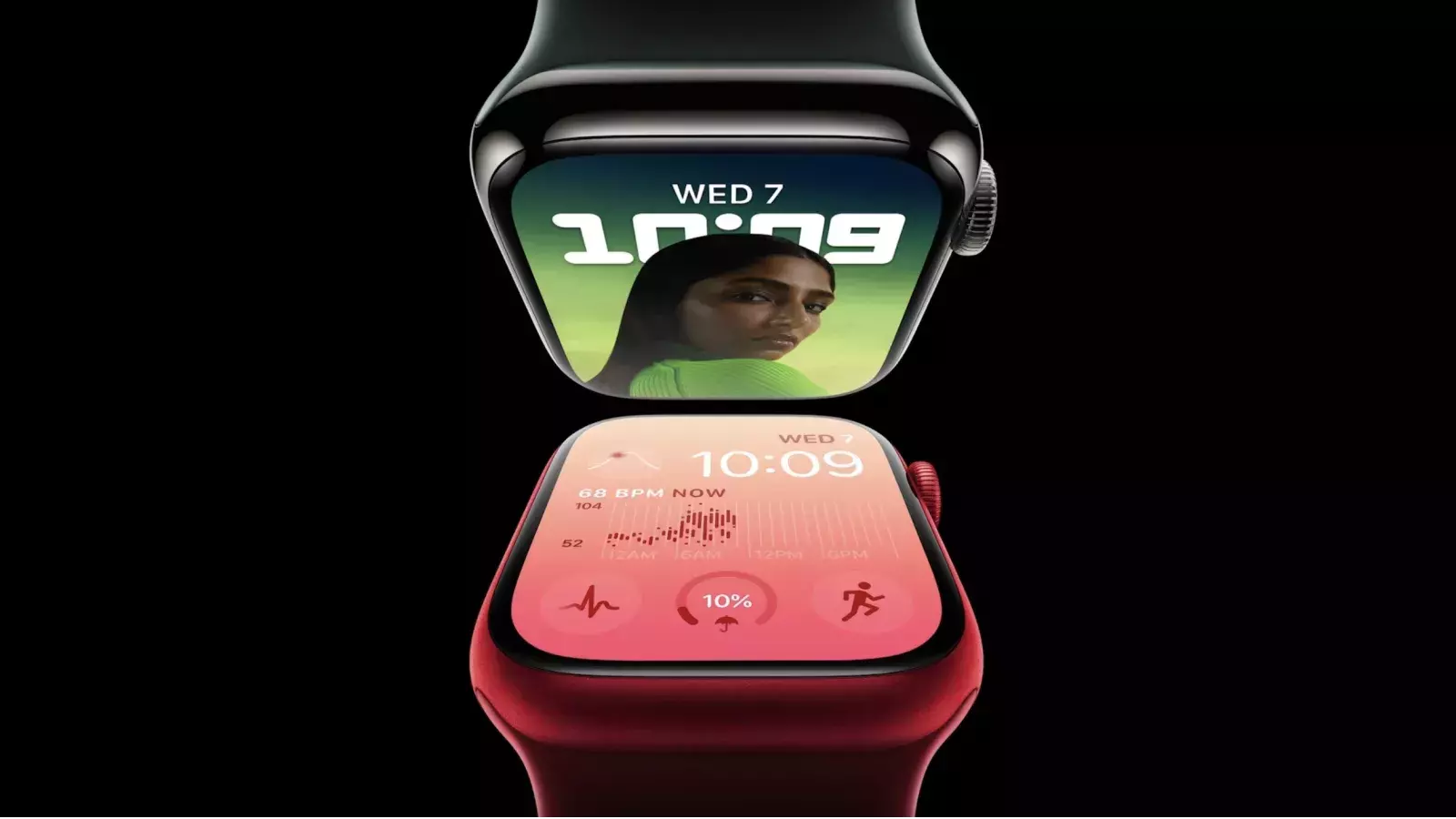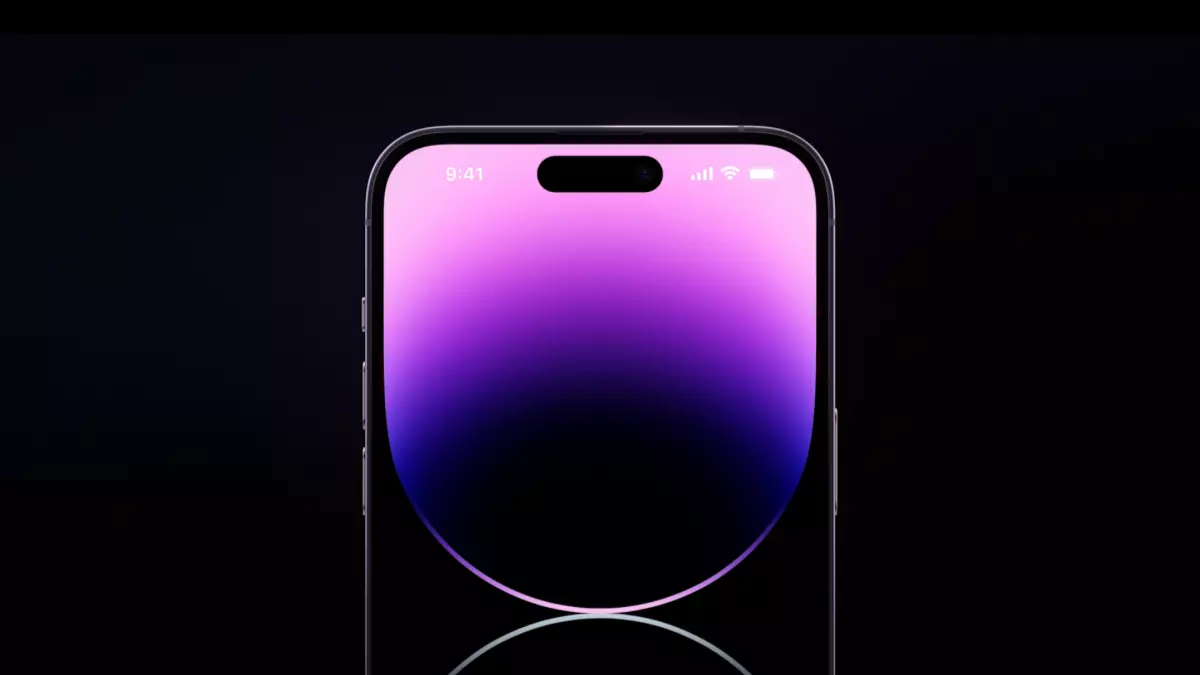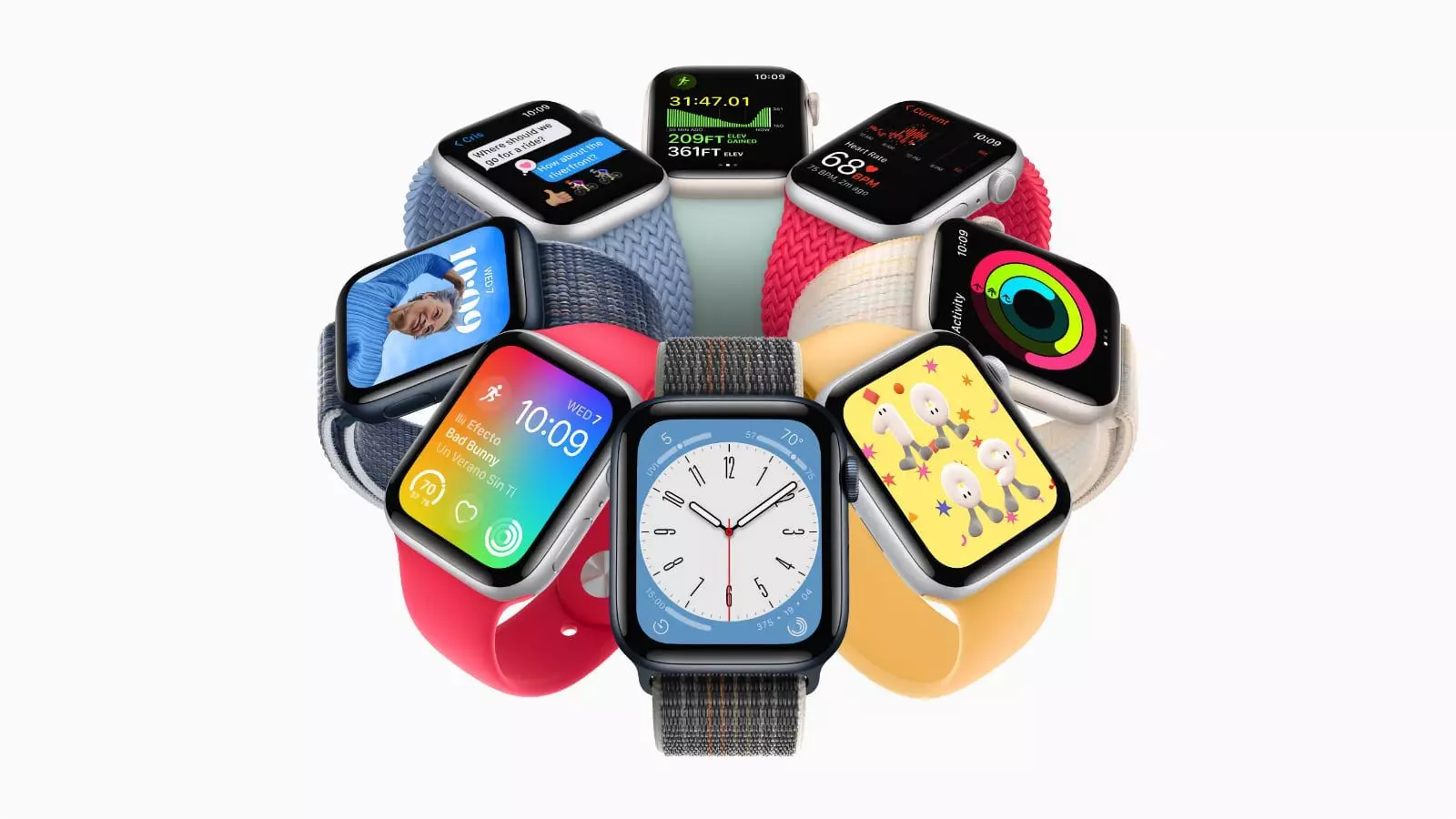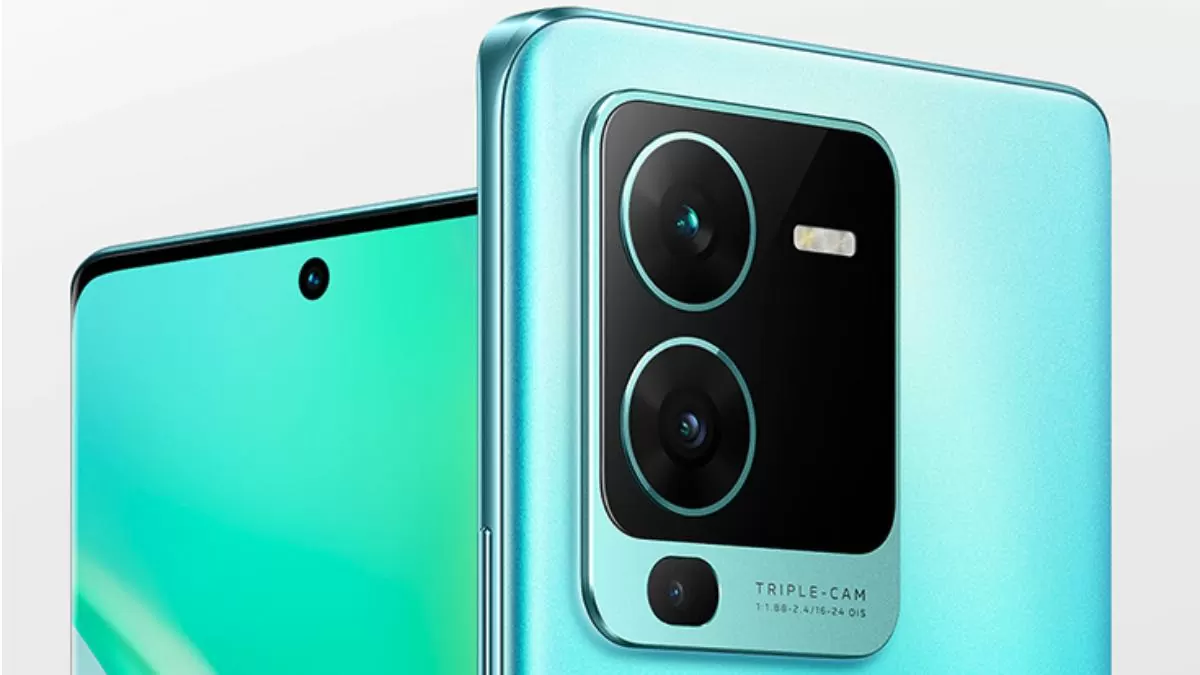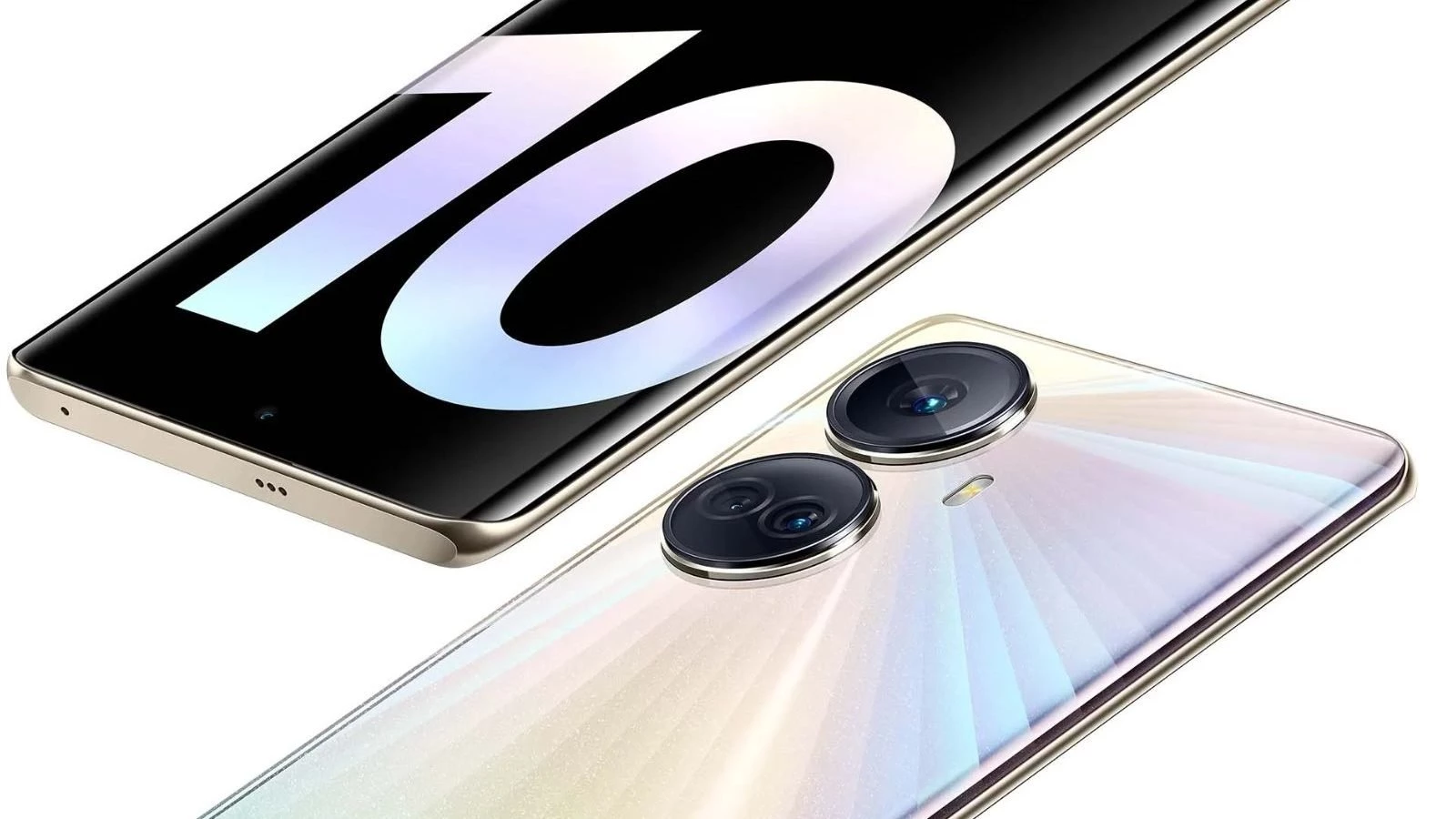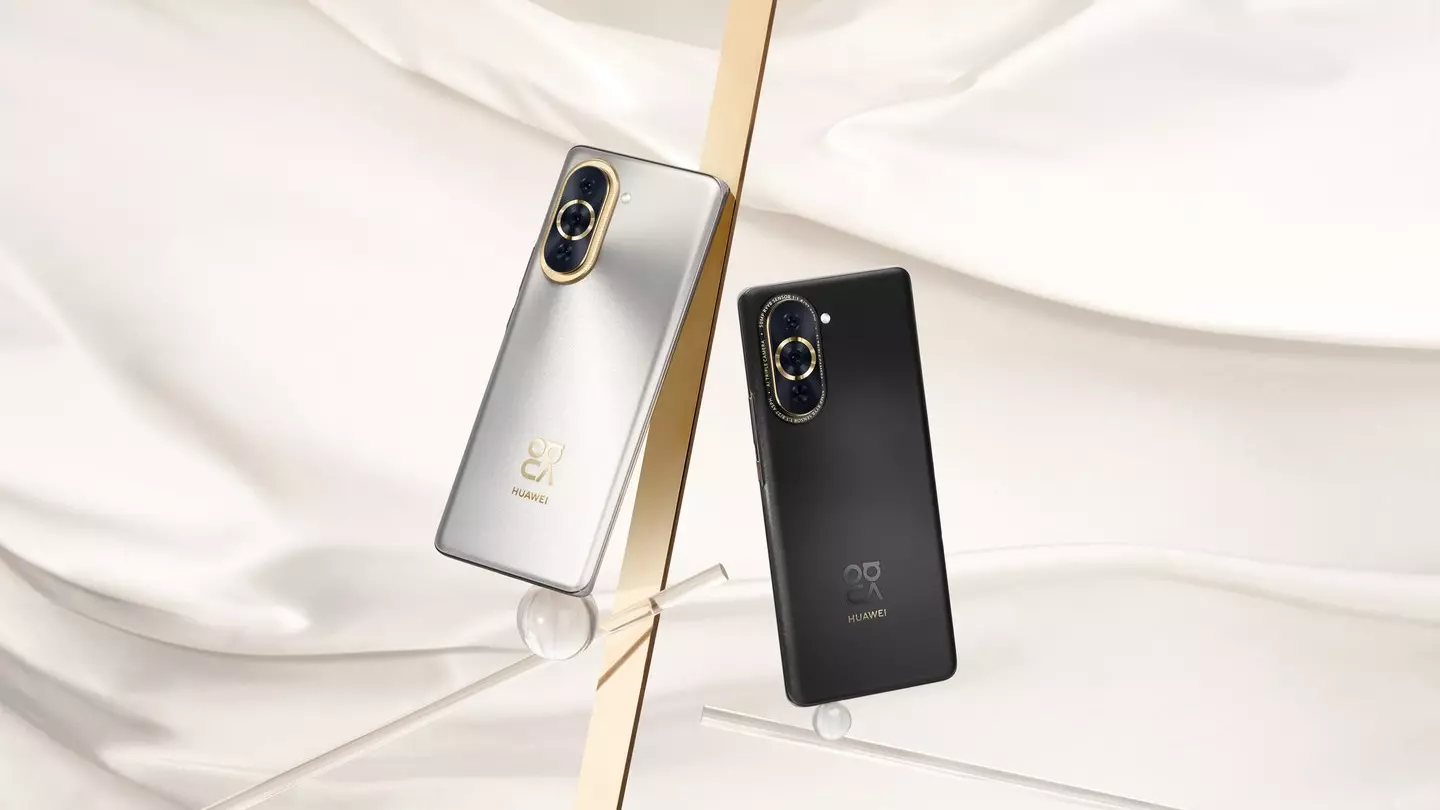Samsung Galaxy S23 and Galaxy S23+ Review
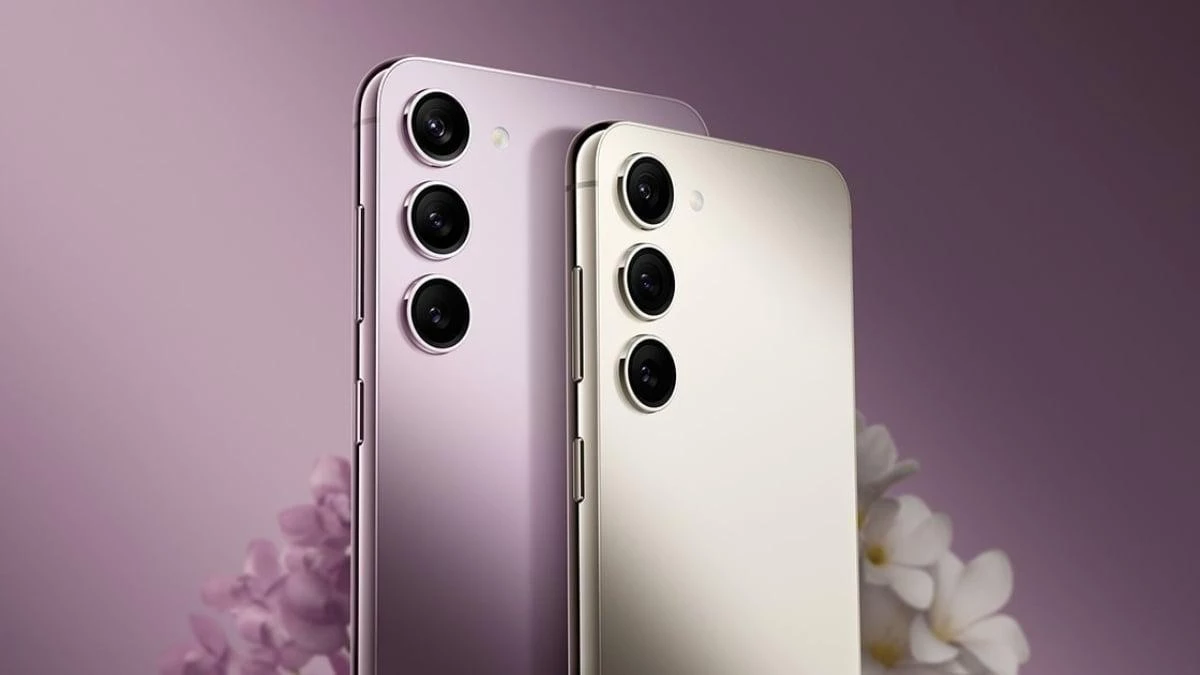
Content
Samsung's top smartphones are not limited to Ultra models, which usually attract the most attention. I spent several days with the phones and made an impression, although it is unlikely to be a revelation: for most users, S23 / S23 + will be enough to cover 99% of their needs, leaving “Ultra” for enthusiasts and those who want the biggest and most fancy model.
Minimalism
Unlike Ultra, the design of S23 and S23+ is reduced to a common denominator, smartphones differ only in dimensions and screen sizes – everything else is unified. At the same time, in terms of thickness (7.6 mm), both devices stand out favorably against the background of their older brother (8.9 mm). In general, they fit perfectly into the front pocket of jeans (and in the case of the S23, even into the back pocket).  Design:
Design:
- Differences. Visually, the novelties differ from the devices of the previous year (S22/S22+) by the camera block, which is no longer framed by a special substrate – the photo sensors are embedded into the case itself. This is how it is done in Ultra. Again, unification. What I like even more about basic flagships is completely flat displays without any hint of rounding on either side. This is a design solution in the spirit of recent years (besides, it will make it easier to stick a protective glass if desired).
- IP68. It makes little sense to discuss other elements of the phones for a long time – they correspond to the flagship status and work as expected from them, without hesitation. This includes stereo speakers (even in the small S23 they are powerful, with bass), and water and dust protection technology (IP68 standard). As well as eSIM, 5G support, tempered protective glass Gorilla Glass Victus 2 (and on both sides of the case), a working payment system Samsung Pay.
- Scanners. What else you should know: fingerprint scanners are built into the screens – they act quickly (less than a second for recognition) and clearly (even when the fingers are slightly wet). Smartphones came to me without boxes, but in commercial, not test samples, power supplies are still not provided – they, traditionally, will have to be purchased separately. Moreover, S23 supports a maximum of 25W adapters, and S23+ – already 45W. Although they do not give much difference in charging time (more on that later).
Screens
The S23 has a 6.1” display, the S23+ has a 6.6” display. And this is the only difference between smartphone panels. They are built on a Dynamic AMOLED 2X matrix, are characterized by frequencies from 10 to 120 Hz and Full HD + resolution (or 2340 by 1080 pixels, 425 ppi and 393 ppi for regular and enlarged models).  Display:
Display:
- 1750 nits. The peak declared brightness is 1750 nits, just like the older S23 Ultra. But we must understand: the peak value in ordinary life is seldom reached. It is usually activated only in certain parts of the screens, and only for a while (for example, when viewing HDR content). It is more important to pay attention to the maximum brightness indicator in automatic mode – it spins around 1200 nits on both smartphones.
- There is enough brightness for everyone. Quite, and for most conditions (including direct sunlight or artificial rays falling on displays). Are smartphones getting even brighter screens? Yes – for example, in the iPhone 14 Pro (2000 nits peak, 1790 nits maximum). The conclusions on this parameter are approximately the same as for the S23 Ultra: most users will be completely satisfied with the S23 / S23 + screens, but the marketing component, especially given the flagship status of smartphones, it limps in comparison with competitors.
- AMOLED. About color reproduction: when tilted, the white color turns green – this is a “generic” problem of AMOLED matrices, which is quite difficult to fix even in top-level devices. By itself, the color reproduction of the panel is a little more contrast (if you want – “poisonous”) than I'm used to. However, the settings allow you to switch to a more relaxed color profile, which I did.
- PWM. And one more thing: the network claims that it is better for people susceptible to PWM (that is, flickering of screens) to look at their panels live before buying S23 / S23 +, supposedly the level of flicker is high enough and can cause discomfort. But I’m almost sure: if you haven’t had difficulties with AMOLED matrices on smartphones for the past few years (in devices from any manufacturer), it will not arise even now.
Maximum Performance
According to this parameter, the entire line of the company's flagships this year (S23 / S23+ / S23 Ultra) shows the highest results for their class. In many ways – thanks to the use of the most powerful processor (or rather, SoC – systems on a chip) by Qualcomm, Snapdragon 8 Gen 2, and specially overclocked for phones of this series (the phrase For Galaxy was added to the name). Processor:
Processor:
- UFS 4.0. In the launch version of the Galaxy S23 (128 GB, as in the test), permanent memory of the UFS 3.1 type is used, in all other variations of both smartphones – faster and more modern, UFS 4.0. The difference did not fail to mention numerous specialized publications, but I did not notice a difference in performance between the devices of the line (including the S23 Ultra) – and not at all. Perhaps it is present in synthetic tests, and only.
- Heating. As expected, there are no problems with the first test: the smartphone knocks out one of the highest results possible. With the second test, everything is not so smooth: in half an hour, the peak power managed to drop to 67%. But, more importantly, the body of the smartphone is quite hot.
- Performance. The S23 Ultra, which passed the same tests shortly before the S23, didn't experience this much heat. Most likely due to that, the case in Ultra is larger and there is room for heat to “spread”. However, not everything is so serious. Firstly, such a strong heating of the S23 occurs only in a specific benchmark, while other tasks, including AAA games and even video recording in 8K resolution, are not a hindrance to the cooling system. Secondly, the power reduction in the throttling test (respectively, increase in temperature) occurs smoothly, not abruptly.
- One UI 5.1. In everyday life, as expected, no hesitation with the launch of any applications (or games) in S23 / S23 + does not occur. This can also be said about the stability of the system (even on one of the first iterations of the firmware): animations are smooth, “crashes” Software with a recommendation to restart smartphones was not observed. An added bonus is the company's commitment to update the system four years in a row (now using Android 13 with One UI 5.1 shell).
Battery life
One of the advantages of the Snapdragon 8 Gen 2 chip, judging by the S23 line, is its relative energy efficiency. It is difficult to explain the survivability of the devices by another reason, given their fairly standard batteries (3900/4700 mAh, respectively, for the S23/S23+).  I paid more attention to the usual S23 with a smaller battery. The smartphone was used with an inserted SIM card (search for communication towers eats a lot of energy) in mixed mode - like with Wi-Fi, and LTE-connection. Taking the phone off charge at around 9 am with a 100 percent charge, by the same time the next day, you can find another 27% - quite a decent indicator. During this time, they listened to music on the smartphone, took pictures, corresponded in Telegram - in general, they performed everyday tasks. True, there were not very many games (in particular, CoD) - Rather, to test the behavior of iron under load. S23+ shows similar results: in this case, the increase in battery capacity is offset by the increase in the screen. From the differences: the maximum supported power adapters for wired charging in S23 are 25W, in S23+ - 45W.
I paid more attention to the usual S23 with a smaller battery. The smartphone was used with an inserted SIM card (search for communication towers eats a lot of energy) in mixed mode - like with Wi-Fi, and LTE-connection. Taking the phone off charge at around 9 am with a 100 percent charge, by the same time the next day, you can find another 27% - quite a decent indicator. During this time, they listened to music on the smartphone, took pictures, corresponded in Telegram - in general, they performed everyday tasks. True, there were not very many games (in particular, CoD) - Rather, to test the behavior of iron under load. S23+ shows similar results: in this case, the increase in battery capacity is offset by the increase in the screen. From the differences: the maximum supported power adapters for wired charging in S23 are 25W, in S23+ - 45W.
From 0 to 100% through the branded S23 adapter, it takes 1 hour 16 minutes to charge, and “Plus” - 1 hour 5 minutes. And one more thing: the wireless method of replenishing energy has not been abandoned, reverse charging (to, for example, recharge wireless headphones) is also in place.
Cameras
In this aspect, there is complete parity between S23 and S23+. The assets include photo modules with a resolution of 50 MP (f/1.8, OIS), 10 MP (telephoto, 3x optical zoom, f/2.4, OIS) and 12 MP (wide-angle lens, f/2.2). The same set of sensors was used in smartphones last year (S22), the main difference is in the ability to record new video in 8K resolution at 30 fps (against 8K/24 fps). And one more thing: by default, photos are taken at a resolution of 12 megapixels (pixel binning is present), and on all three photo sensors. AI is enabled out of the box - below all the frames were taken on fully automatic settings, in different conditions:  In short: notice the difference in image quality compared to the shots produced by the S22 series smartphones, especially in good daylight, unlikely to work for most users. However, this does not make the photos from the new products of poor quality: most of them are characterized by rather aggressive noise reduction (good during the day, a little less good in the evening, especially in areas near lamps), high detail of objects and, subjectively, slightly over saturated color reproduction. Although the dynamic range is fine and the elements in backlit photos (as in the example with the sun peeking out from behind the building) remain quite distinguishable. More importantly, the Galaxy S23/S23+'s camera is pretty solid (or even predictable). In context, this means that in most situations, both static and moving subjects produce consistently good results.
In short: notice the difference in image quality compared to the shots produced by the S22 series smartphones, especially in good daylight, unlikely to work for most users. However, this does not make the photos from the new products of poor quality: most of them are characterized by rather aggressive noise reduction (good during the day, a little less good in the evening, especially in areas near lamps), high detail of objects and, subjectively, slightly over saturated color reproduction. Although the dynamic range is fine and the elements in backlit photos (as in the example with the sun peeking out from behind the building) remain quite distinguishable. More importantly, the Galaxy S23/S23+'s camera is pretty solid (or even predictable). In context, this means that in most situations, both static and moving subjects produce consistently good results.
Summary
In general, I would like to praise the devices - they feel like well-balanced models, which clearly have something to offer: from the usual flagship set (wireless charging, water and dust protection technology, a contactless payment system operating in Belarus) to the most powerful processor among all current Android gadgets.
True, for a regular Galaxy S23, this can be harmful: due to for a comparatively small case, heating occurs much faster. Although this is mainly felt only in benchmarks, throttling was not done there either. Among the pluses is battery life. Both devices pull out about a day in a moderately loaded mode, with an active SIM card, mobile Internet, instant messengers, music, and photography. This is an achievement considering the performance chip and standard battery size.
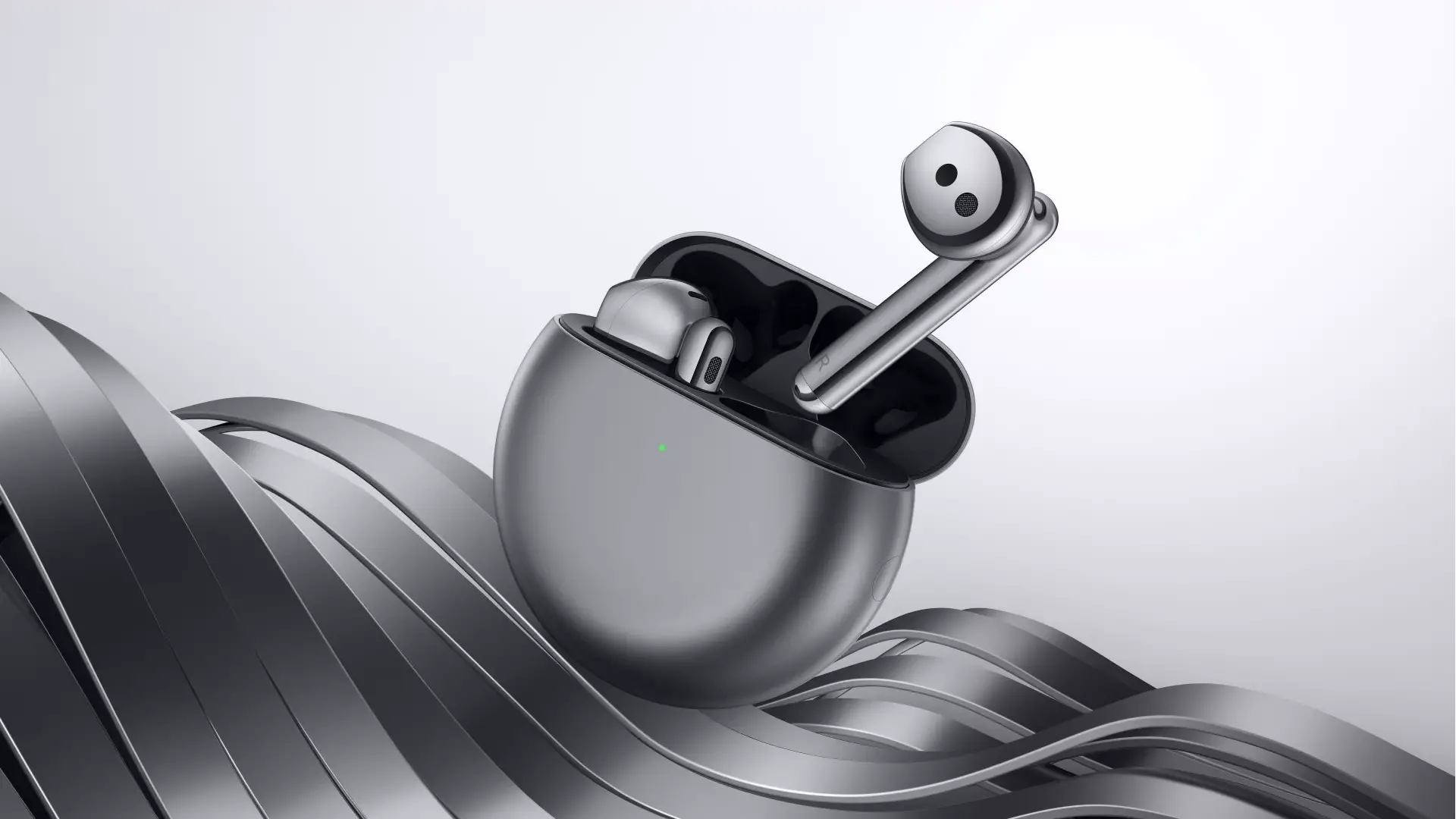 Huawei FreeBuds 4 Review
Huawei FreeBuds 4 Review
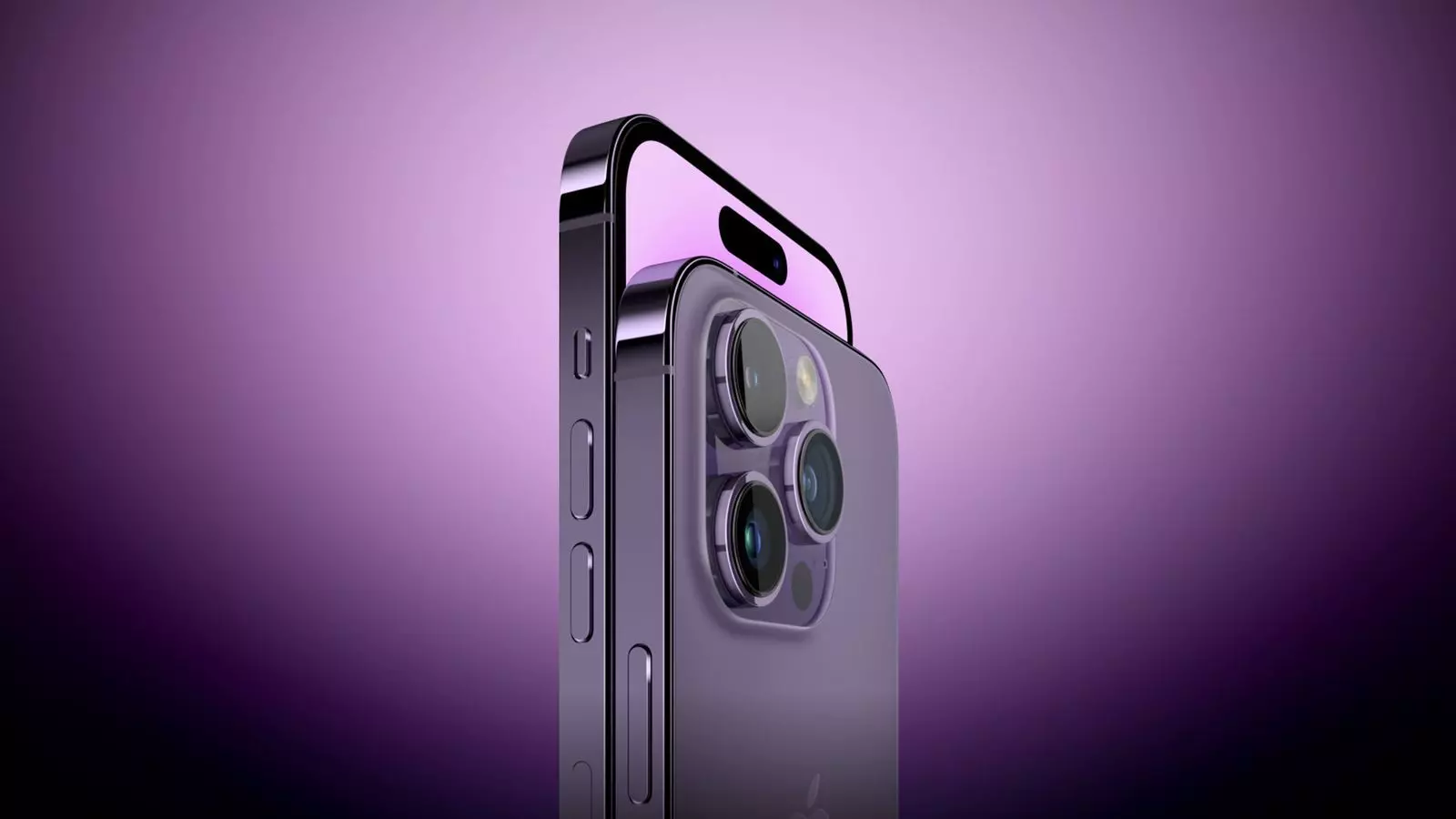 Apple iPhone 14 Pro Max Review
Apple iPhone 14 Pro Max Review

